Big cats have captured our imaginations for centuries, but the nocturnal behavior of some of these enigmatic creatures adds an extra layer of intrigue. Under the cloak of darkness, these stealthy hunters reveal unique and captivating adaptations that enable them to thrive. Join us as we uncover the secrets of these remarkable creatures, delving into their unique characteristics, habitats, and behaviors.
The Enigmatic Lives of Nocturnal Big Cats
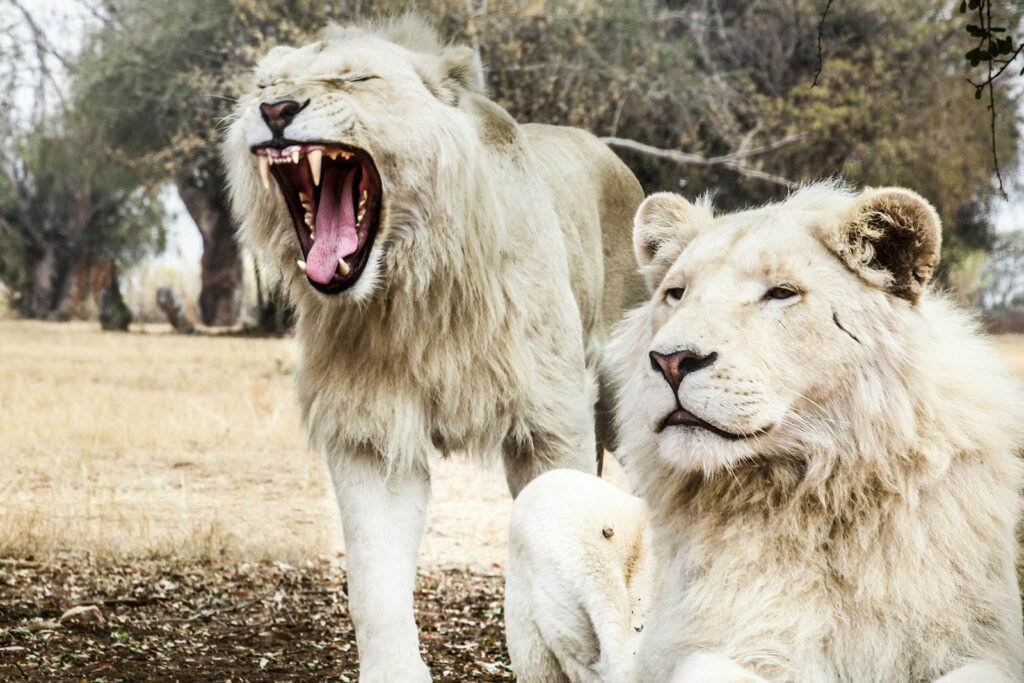
Big cats such as leopards, jaguars, and certain tiger species are primarily nocturnal, adapting to a life that begins when the sun sets. Their ability to navigate through the night has helped them become elusive predators, excelling in environments ranging from dense jungles to the savannas. Their nocturnal lifestyles have evolved over millennia, shaped by factors like prey availability and environmental conditions.
Unique Adaptations to Darkness
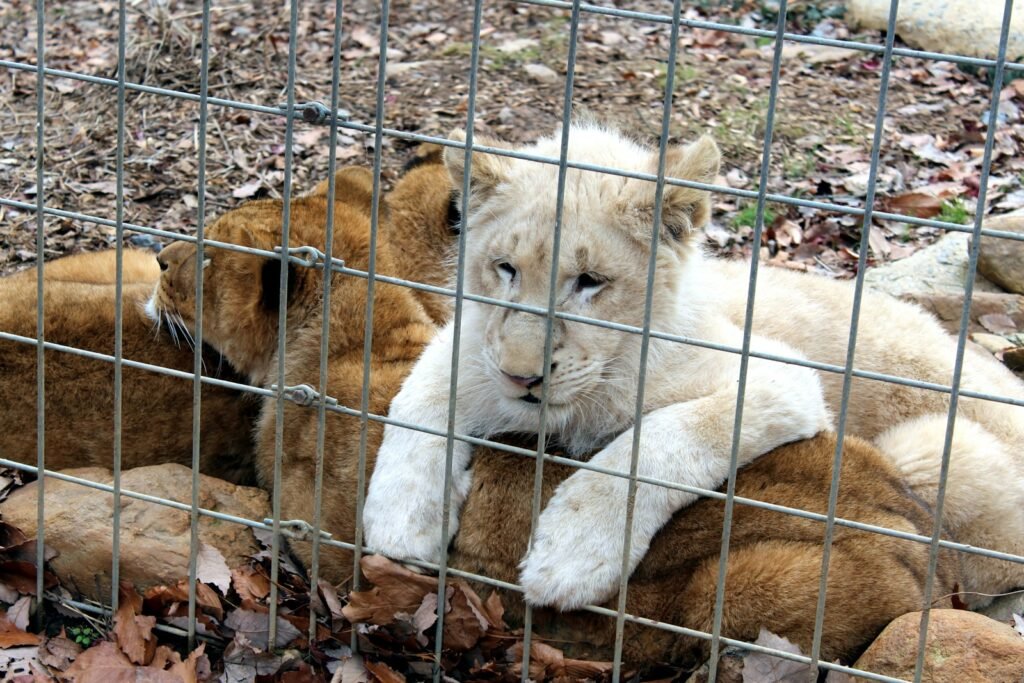
One of the most fascinating aspects of nocturnal big cats is their extraordinary vision. These predators possess a higher number of rod cells in their retinas, allowing them to detect movement even in low light. Their eyes also feature a reflective layer called the tapetum lucidum, which enhances their ability to see in the dark by reflecting incoming light back through their retinas. This adaptation gives them a distinctive glow, often captured in the beam of a flashlight.
Stealth and Silence: The Hallmarks of a Night Hunter

Nocturnal big cats have honed their stealth hunting techniques to perfection. They rely on their acute senses of smell and hearing, along with their adept ability to move silently through their habitats. These skills enable them to get close to unsuspecting prey without being detected, making them formidable hunters of the night. Coupled with their powerful physiques and sharp claws, they can swiftly bring down prey with precision.
Diet and Hunting Patterns
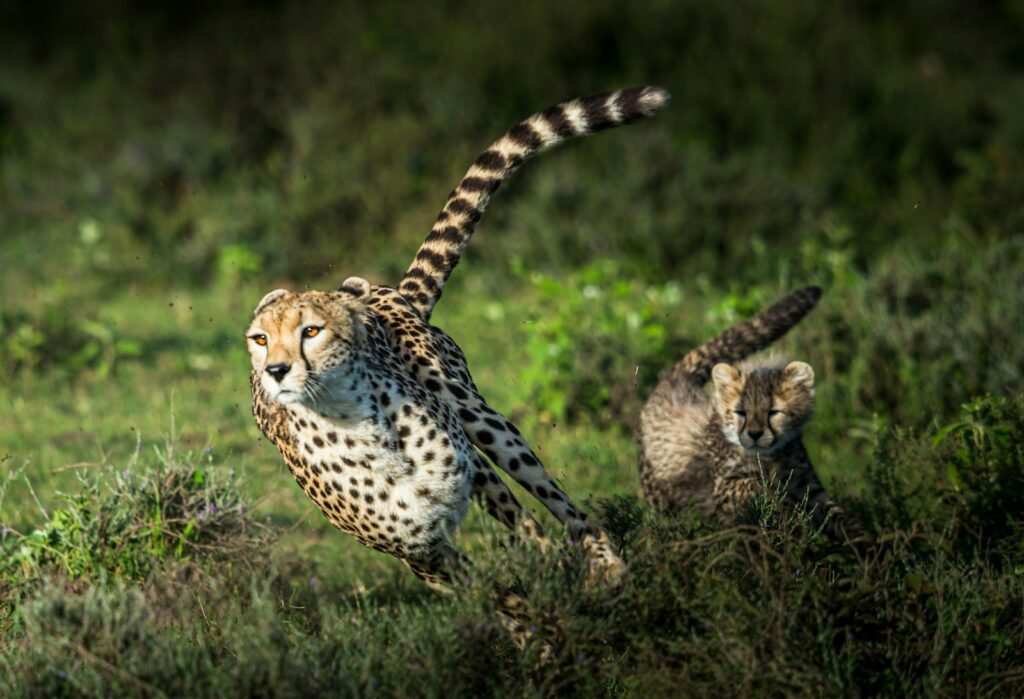
The diet of nocturnal big cats varies significantly based on location and availability of prey. Leopards, for example, demonstrate remarkable adaptability in their diet, hunting anything from insects to large ungulates. While jaguars, with their powerful jaws, can take down prey as diverse as reptiles and mammals. Their nocturnal hunts often involve a mix of patience, stealth, and sudden bursts of speed.
Navigating the Night: Territories and Home Ranges

Nocturnal big cats often establish territories that can span vast areas. These territories are demarcated using scent markings, which communicate their presence to potential rivals. At dusk, they begin their silent patrols, traversing familiar paths in search of food and mates. The nocturnal life helps them avoid daytime competition and maximize their hunting efficiency.
The Role of Big Cats in Ecosystems
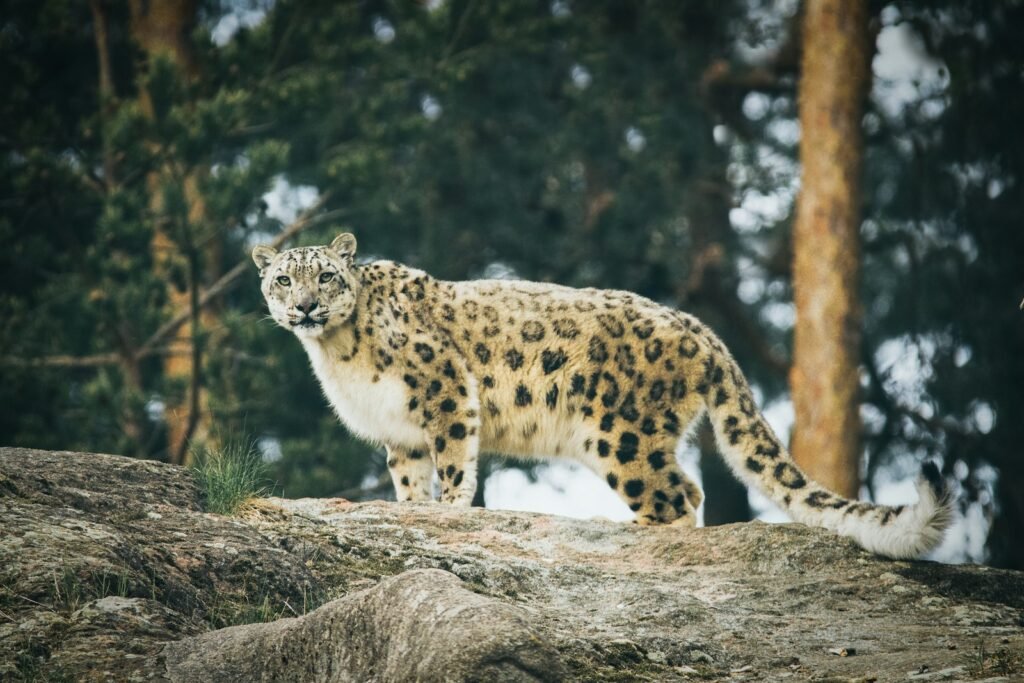
Nocturnal big cats play a crucial role in maintaining the balance of their ecosystems. As apex predators, they help control populations of herbivores, which can otherwise grow unchecked and cause habitat degradation. By keeping prey populations in balance, these big cats ensure the health and sustainability of the environments they inhabit.
Conservation Challenges

Despite their adaptability, nocturnal big cats face numerous threats. Habitat loss, poaching, and human-wildlife conflict are significant challenges that threaten their populations. Conservation efforts aim to protect their habitats and reduce conflicts with humans by promoting coexistence initiatives that benefit both communities and wildlife.
Success Stories in Conservation
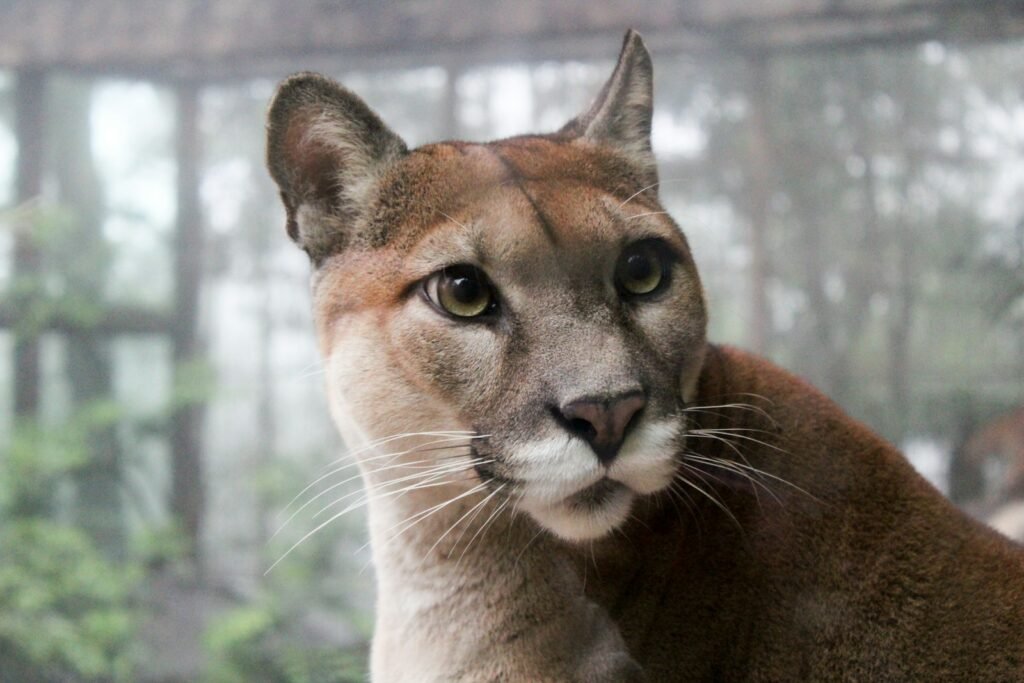
There are notable conservation success stories for big cats around the world. Initiatives like protected reserves, community-based conservation programs, and international collaborations have contributed to stabilizing populations. For instance, conservation efforts in India have seen a resurgence of tiger numbers, showcasing the positive impact of dedicated, collaborative efforts.
The Cultural Significance of Big Cats
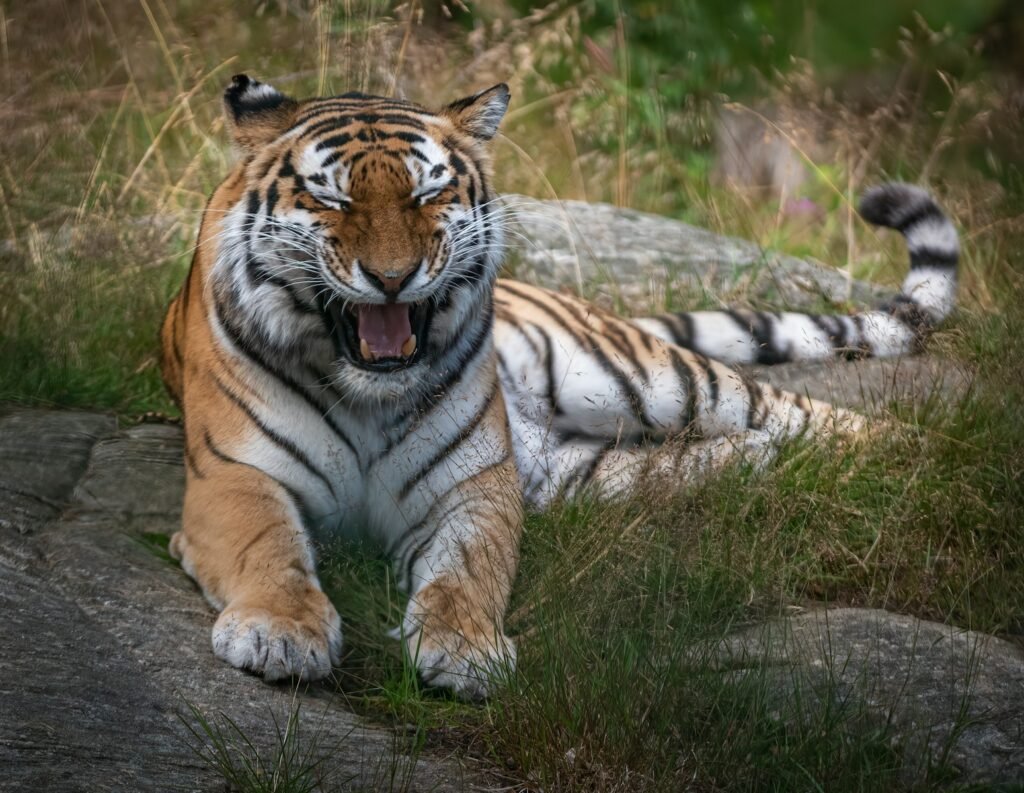
Across different cultures, nocturnal big cats hold significant symbolic meanings. They are often revered as symbols of power, stealth, and beauty. In mythology and folklore, they are depicted as mystical beings, bridging the natural world with the spiritual. This cultural reverence underscores the importance of preserving these majestic animals for future generations.
How You Can Help
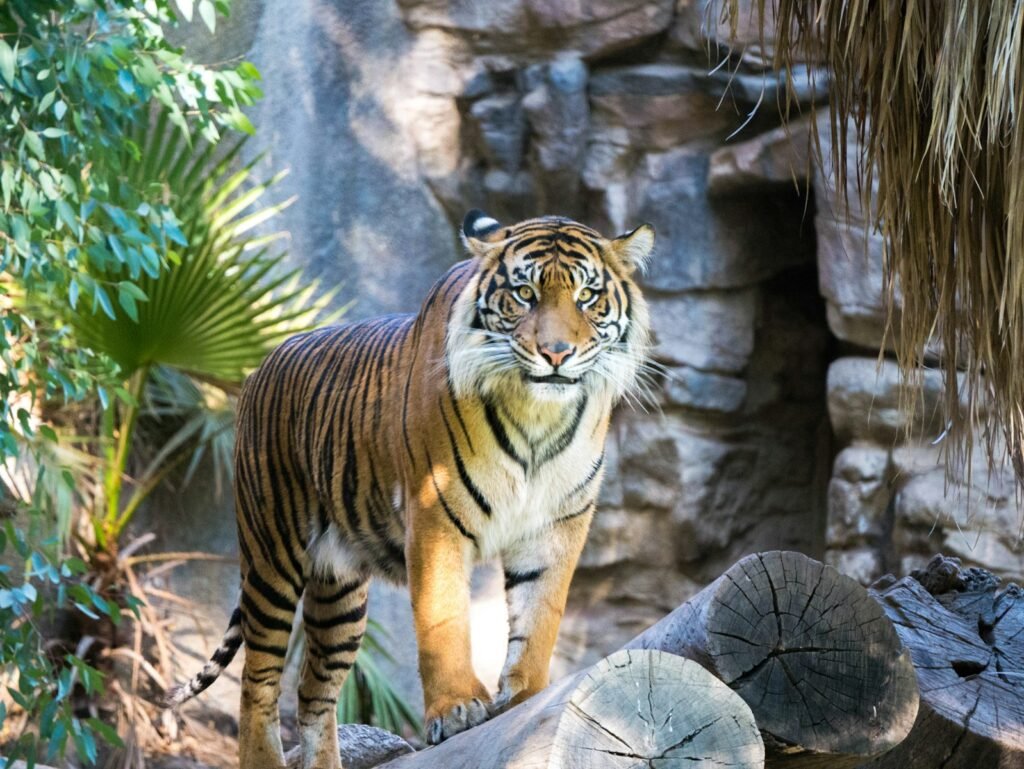
Individuals can play a vital role in the conservation of nocturnal big cats. Supporting reputable conservation organizations, spreading awareness, and making lifestyle choices that reduce habitat destruction are ways to contribute. Becoming active participants in conservation can make a tangible difference in the survival of these magnificent creatures.
Conclusion
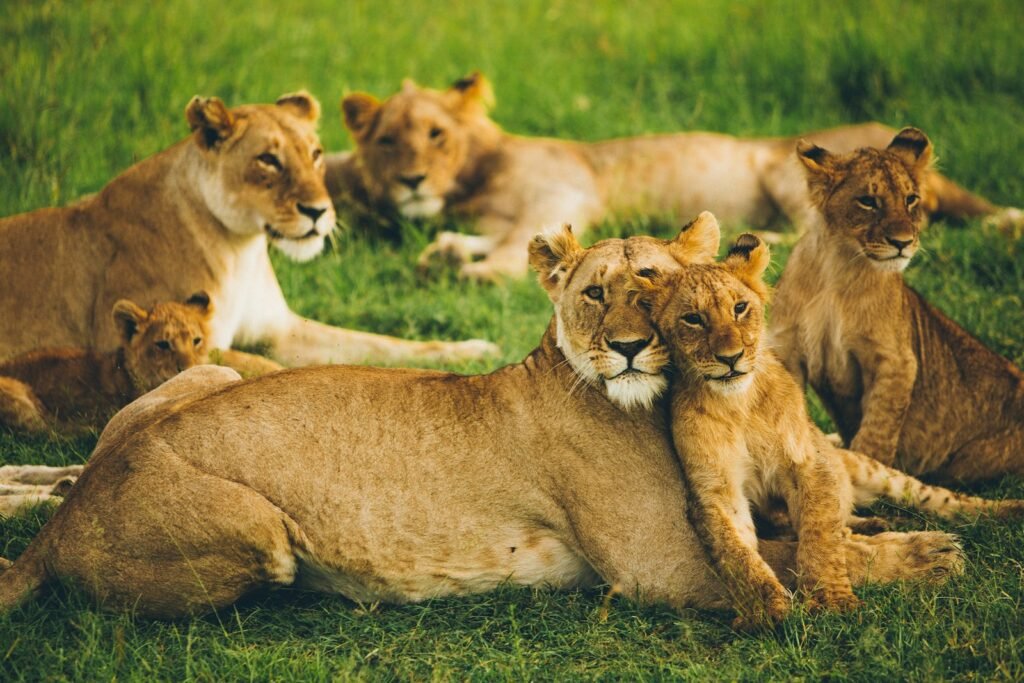
The hidden world of nocturnal big cats is one teeming with mystery and fascination. These remarkable predators have evolved to master the darkness, exhibiting adaptations that reflect their prowess and significance in the natural world. As stewards of this planet, our responsibility is to ensure that these elusive big cats continue to thrive, so future generations can also marvel at their enigmatic beauty. By understanding and appreciating their role in ecosystems and cultures, we can work towards a world where humans and big cats coexist in harmony.

Suhail Ahmed is a passionate digital professional and nature enthusiast with over 8 years of experience in content strategy, SEO, web development, and digital operations. Alongside his freelance journey, Suhail actively contributes to nature and wildlife platforms like Feline Fam, where he channels his curiosity for the Feline into engaging, educational storytelling.
With a strong background in managing digital ecosystems — from ecommerce stores and WordPress websites to social media and automation — Suhail merges technical precision with creative insight. His content reflects a rare balance: SEO-friendly yet deeply human, data-informed yet emotionally resonant.
Driven by a love for discovery and storytelling, Suhail believes in using digital platforms to amplify causes that matter — especially those protecting Earth’s biodiversity and inspiring sustainable living. Whether he’s managing online projects or crafting wildlife content, his goal remains the same: to inform, inspire, and leave a positive digital footprint.






